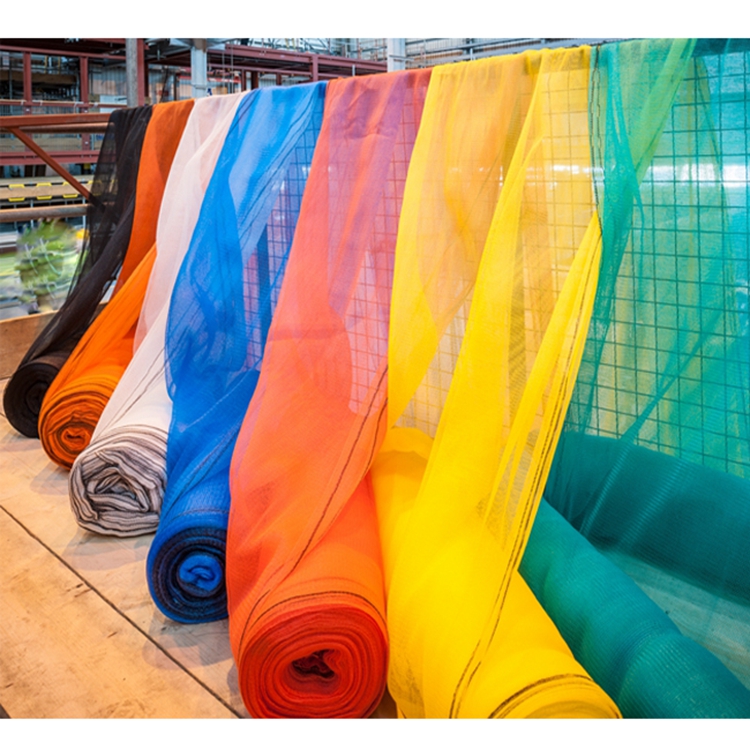HDPE (High-Density Polyethylene) extruded netting is a type of industrial netting that is made from high-density polyethylene. This material is known for its durability, strength, and resistance to various environmental factors, making it suitable for a wide range of applications. Here’s an introduction to HDPE extruded netting:
What is HDPE Extruded Netting?
HDPE extruded netting is produced by the process of extrusion, where plastic is melted and formed into a continuous sheet and then cut into a net-like structure. This netting can come in various mesh sizes and thicknesses, depending on its intended use.
Key Properties:
- Durability: HDPE is resistant to impact and harsh weather conditions, which makes the netting long-lasting.
- Lightweight: Despite its strength, HDPE extruded netting is lightweight, making it easy to handle and install.
- Chemical Resistance: It is resistant to many chemicals, ensuring it maintains integrity in various environments.
- UV Stabilized: Many HDPE nets are UV stabilized, giving them added protection against sun degradation and extending their lifespan outdoors.
Applications:
- Agriculture: Used for crop protection, shading, and preventing the entry of pests.
- Construction: Employed as safety nets, debris barriers, or reinforcement materials.
- Aquaculture: Ideal for fish farming and pond management, allowing water flow while containing aquatic life.
- Packaging and Transport: Used in pallets or as protective covers for goods during shipping.
Benefits:
- Versatility: Can be customized to meet specific requirements for various applications.
- Eco-Friendly: HDPE is recyclable, making it a more sustainable choice compared to other plastics.
- Cost-Effective: Provides a good balance between cost and performance, often reducing the need for replacement and repair.
Conclusion:
HDPE extruded netting is an incredibly versatile material that serves a multitude of industries due to its favorable characteristics. Its applications range from agriculture to construction, and its durability ensures that it remains a preferred choice for many professionals.
The typical lifespan of HDPE netting with UV protection can vary based on several factors, including environmental conditions, the quality of the netting, and how it is used. However, in general, HDPE netting with added UV stabilization can last anywhere from 5 to 10 years or more. Here are some factors that influence the lifespan:
Factors Affecting Lifespan:
- Quality of UV Stabilization: Higher quality UV stabilizers will enhance the netting’s resistance to degradation from sun exposure, extending its lifespan.
- Environmental Conditions: Exposure to extreme weather conditions, such as intense sunlight, heavy rainfall, or snow, can affect the longevity of HDPE netting. Areas with harsh climates may see a decreased lifespan.
- Usage: The intended application also plays a significant role. For example, netting used in agricultural settings may experience more wear and tear compared to netting used for decorative purposes.
- Maintenance: Proper care and maintenance, such as periodic cleaning and inspection for damage, can prolong the life of the netting.
- Installation: Correct installation techniques can help reduce stress and strain on the netting, which can extend its usable life.
Conclusion:
In summary, while the general lifespan of HDPE netting with UV protection is around 5 to 10 years, specific conditions and proper handling can lead to longer or shorter lifespans. Investing in quality products and following maintenance guidelines can maximize durability and performance.
Post time: Apr-14-2025

